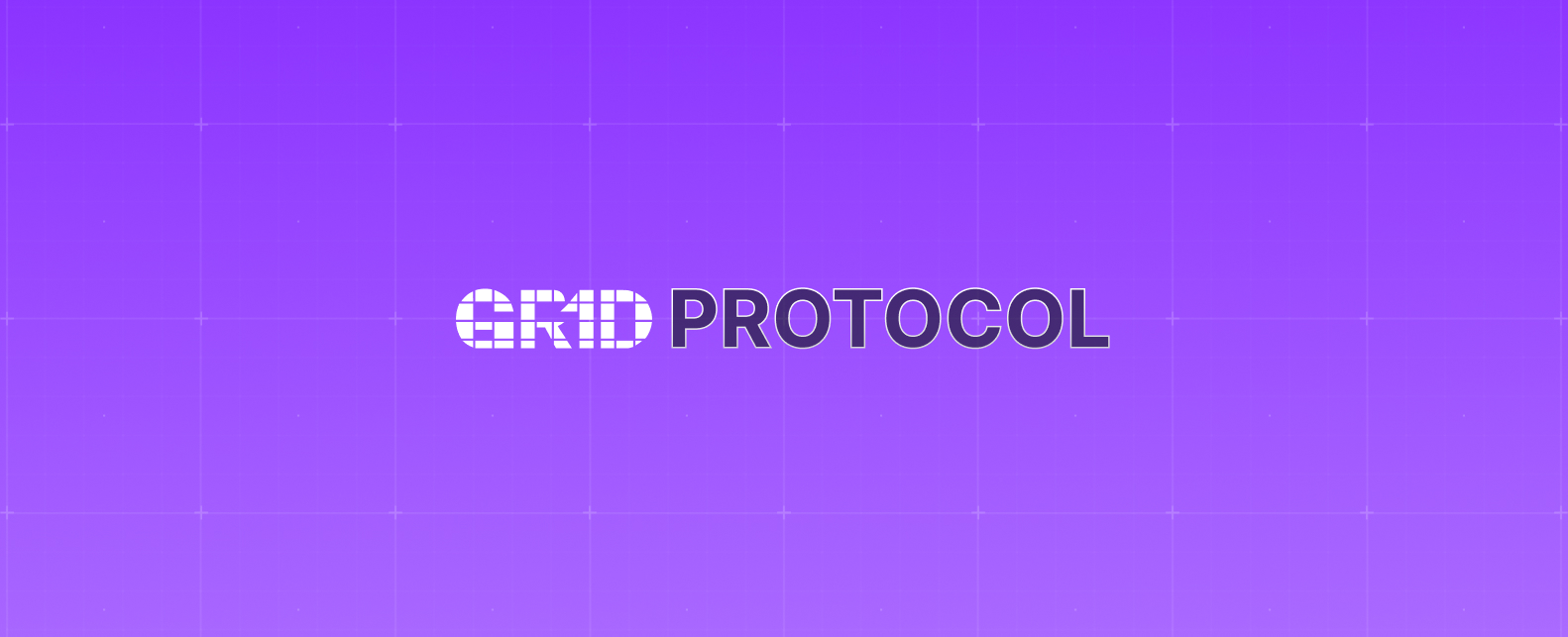GR1D Protocol
GR1D’s Layered Architecture
At the core of GR1D’s L2 architecture are Optimistic Rollups, using GR1D’s custom-built Layer framework. We process transactions off-chain, batch them up, and post proofs back to Ethereum (L1), ensuring security while enhancing speed and efficiency. Here’s a closer look at how it all comes together:
Why GR1D Network?
GR1D’s Network operates under the assumption that all transactions are valid unless challenged. This optimizes for performance, drastically improving throughput while leveraging Ethereum’s security. Here’s the breakdown:
Off-Chain Execution: Transactions are processed off-chain in batches, slashing gas fees and minimizing the load on the Ethereum mainnet.
Batch Submissions: These transaction batches, accompanied by state roots, are periodically posted to Ethereum. This maintains transparency and ensures verifiability.
Challenge Period: GR1D provides a challenge window where participants can submit fraud proofs if they spot issues. It’s an effective mechanism to maintain network integrity and prevent malicious actions.
Components of the GR1D Layer Architecture
GR1D’s Layer architecture is built for flexibility, efficiency, and developer ease. Here’s how the main components work together:

Sequencer:
Transaction Manager: The Sequencer is the core element that manages transaction ordering, bundles them into blocks, and updates the off-chain state. It ensures minimal latency, providing a near-instant confirmation experience.
Batch Posting: The sequencer periodically posts these blocks as state roots to L1. This transparency ensures that the L2 state can be independently verified.
Optimized User Experience: By processing transactions off-chain, the sequencer delivers Web2-like speed with the benefits of blockchain security.
State Proposer:
State Commitment Posting: This component submits the L2 state root to Ethereum, ensuring the L2 state remains verifiable and secure. It also guarantees data availability for all participants.
Ensuring Data Integrity: By committing state updates to L1, the State Proposer makes sure that all off-chain transactions can be audited transparently, maintaining the integrity of the system.
Data Batcher:
Data Compression: The Data Batcher compresses transaction data before posting it to Ethereum, ensuring efficient use of gas and block space.
Integration with Ethereum: Compressed batches are periodically sent to Ethereum, leveraging its security while allowing GR1D’s L2 to maximize scalability and efficiency.
Security Model of GR1D’s Optimistic Rollup

Fraud Proof Mechanism:
GR1D employs a fraud-proof system where transactions are assumed valid unless challenged within a specific period. This optimizes performance while maintaining security.
Challenge Window: Validators and other participants have a defined window to challenge any suspected fraudulent batch. If a fraud proof is valid, the disputed batch is reverted, ensuring the network’s integrity.
Decentralized Auditing: By anchoring state roots on Ethereum, GR1D allows anyone to verify or contest the L2 batches, making the network secure and transparent.

Security Tied to Ethereum:
Ethereum as the Security Backbone: By leveraging Ethereum as the base layer, GR1D inherits Ethereum’s robust security features. Posting state roots on L1 ensures that the rollup’s transactions are cryptographically verifiable.
Community-Driven Verification: Validators can independently audit the submitted state roots and batches, and any participant can submit fraud proofs, reinforcing the decentralized nature of the network.
Advantages of GR1D’s Layer Architecture
Scalable Throughput: GR1D’s off-chain transaction processing allows for massive throughput increases while minimizing the impact on Ethereum’s mainnet. This is crucial for gaming and dApps that require fast, high-volume transactions.
Cost Efficiency: Batching and compressing transactions allow GR1D to minimize gas fees, making operations like token transfers, asset exchanges, and game actions economical at scale.
Ethereum Compatibility: The GVM ensures that developers can deploy existing Ethereum dApps without any code modifications, providing flexibility and ease of integration with the broader Ethereum ecosystem.
Low-Latency Transactions: With off-chain processing, GR1D delivers near-instant transaction confirmation, ensuring a seamless experience for users—whether they’re gaming, trading, or interacting with DeFi.
GR1D Data Availability (DA)
The Data Availability (DA) Layer is a critical part of the GR1D architecture. It defines where the raw inputs (i.e., transaction data) for GR1D’s L2 blockchain are stored and accessed. The choice of DA module has a direct impact on the network's security and efficiency:

Ethereum DA:
GR1D uses Ethereum as its primary Data Availability Layer. By deriving source data from Ethereum’s infrastructure (including calldata, events, and data blobs), GR1D ensures high availability and security.
Reliability: Using Ethereum as the DA module guarantees that as long as Ethereum remains accessible, GR1D’s L2 data remains verifiable. This provides robust protection against data loss or manipulation, which is crucial for syncing the chain and maintaining the integrity of the network.
Security Considerations:
If data becomes inaccessible or corrupted within the DA Layer, it could prevent the chain from syncing correctly. That’s why choosing a reliable and secure DA module, like Ethereum’s, is essential for maintaining the health of the GR1D ecosystem.
Governance Layer
GR1D’s governance framework ensures that network upgrades, configurations, and decision-making processes are handled transparently and efficiently. Here’s how governance operates within the GR1D ecosystem:
MultiSig Contracts:
GR1D utilizes MultiSig Contracts to manage critical upgrades and configuration changes. MultiSig Contracts require a predefined number of signatures from trusted participants before executing actions, ensuring that no single entity can unilaterally alter the system.
Security Measures: The security of these MultiSig systems depends on the number of participants and their safety protocols. By using robust MultiSig setups, GR1D enhances the decentralization and security of network management.
Governance Tokens:
Governance Tokens are issued within the GR1D network to decentralize decision-making. Token holders can vote directly on various proposals or delegate their voting power to others, influencing key aspects like network upgrades, fee structures, and strategic partnerships.
Community Control: This token-based governance system empowers the community to participate actively in the direction and growth of the GR1D ecosystem, ensuring that the network remains adaptable and developer-focused.
